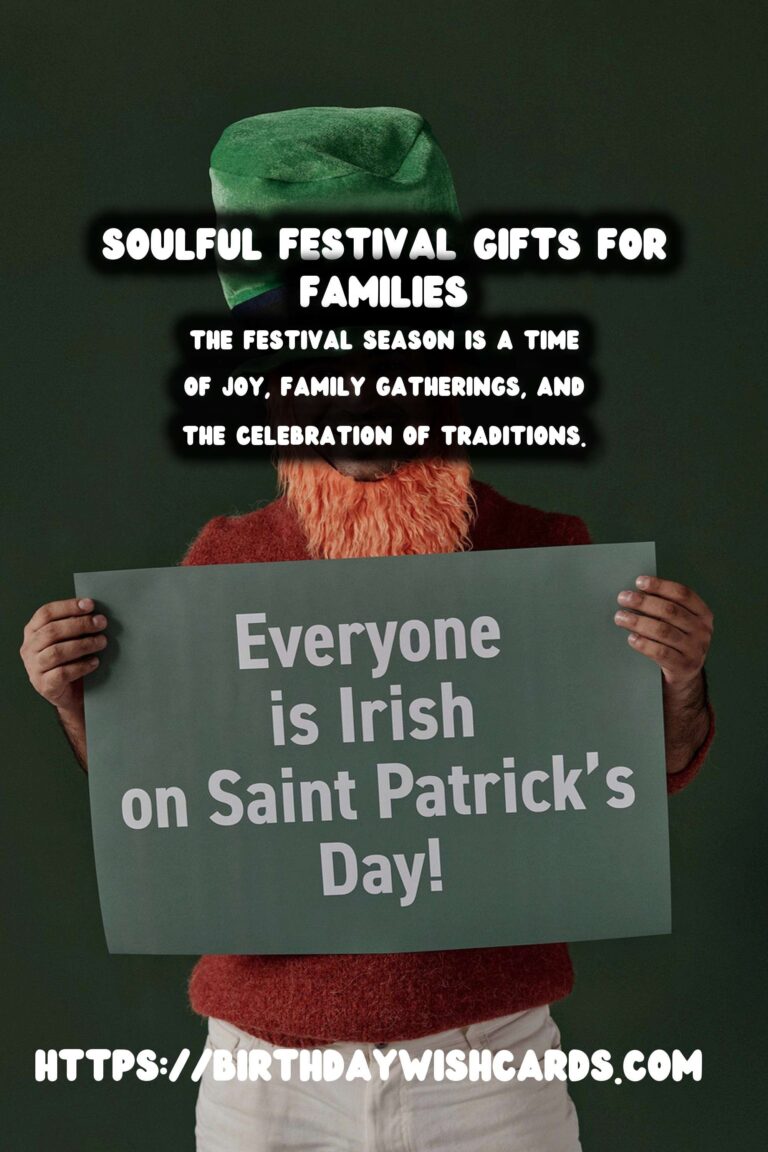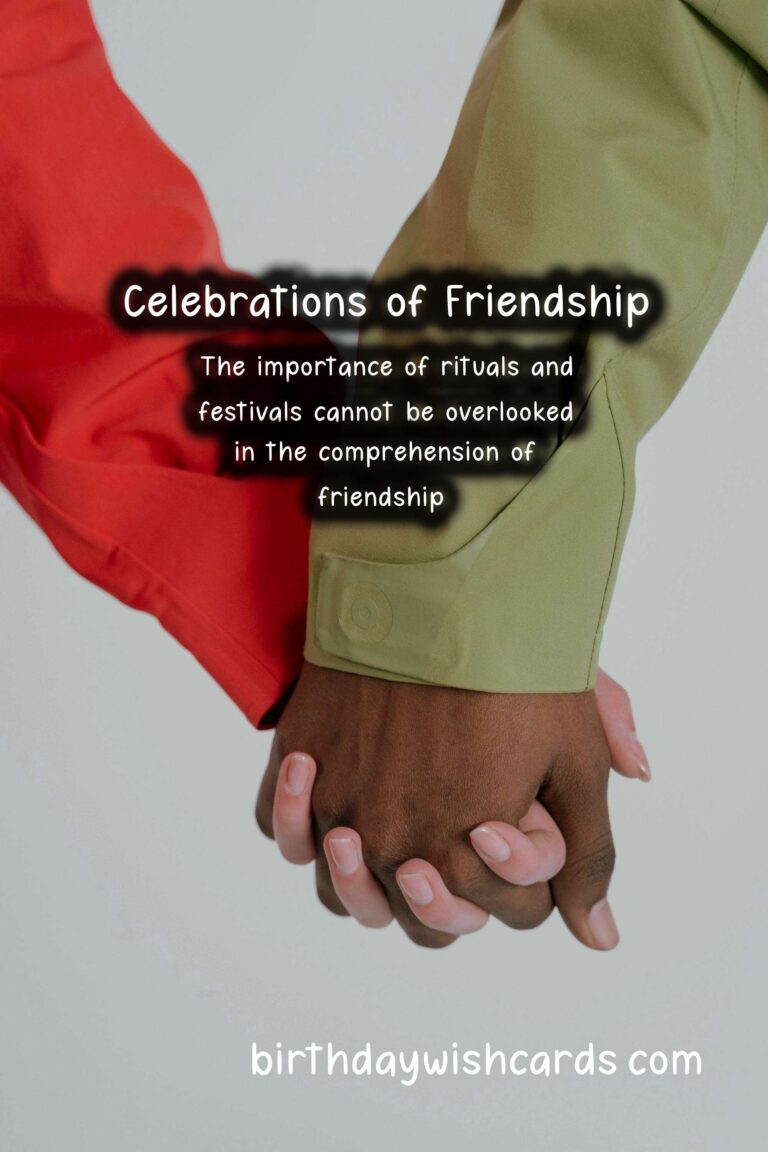The History and Significance of Lovers: A Journey Through Time
The History and Significance of Lovers
Love is a universal theme that has transcended time and cultures. From ancient civilizations to contemporary society, lovers have played a pivotal role in shaping human experiences and cultural narratives. In this article, we will explore the history and significance of lovers, looking at how love has been celebrated, understood, and portrayed throughout the ages.
1. The Ancient Roots of Love
The concept of love can be traced back to ancient civilizations. The Sumerians, Egyptians, Greeks, and Romans all had their interpretations of love. For instance, the ancient Greeks distinguished between different types of love: ‘Eros’ for romantic love, ‘Philia’ for friendship, and ‘Agape’ for selfless love. This classification highlights the complexity of human emotions and relationships.
In ancient literature, love stories emerged as powerful narratives. The tale of Orpheus and Eurydice, for example, is a poignant story of love, loss, and longing. Orpheus’s journey to the underworld to reclaim his beloved signifies love’s triumph over death.
2. Love in the Middle Ages
The Middle Ages saw a shift in how love was perceived. Courtly love became a popular theme in literature and art. It was characterized by chivalric ideals and a sense of unattainable love, often depicted in literature by poets such as Petrarch and troubadours. This form of love emphasized admiration from afar and elevated the lover’s beloved to an almost divine status.
However, this idealized vision of love did not reflect the reality for many. Marriages during this time were often arranged, with love being a secondary consideration. Yet, the romantic imagination continued to flourish, leading to the creation of enduring love poems and songs.
3. The Renaissance and the Age of Enlightenment
The Renaissance marked a rebirth of interest in humanism, allowing for a more expressive portrayal of love. Artists such as Botticelli and Shakespeare explored romantic love in their work, celebrating both its joys and its sorrows. Shakespeare’s plays often depict love in its many forms, showcasing its transformative power and the turmoil it can bring.
During the Enlightenment, philosophers like Rousseau began to emphasize the importance of emotional connections. This period fostered a belief that love is not only a physical attraction but also a profound emotional bond between partners.
4. Modern Interpretations of Love
The 19th and 20th centuries brought about significant changes in societal views on love and relationships. The rise of romanticism emphasized individual passion and the quest for one’s soulmate. Literature, poetry, and art from this era reflect a fascination with the idea of true love and its pursuit.
Furthermore, the women’s rights movement advocated for love based on respect and equality, challenging traditional gender roles in relationships. This led to a more modern understanding of partnership based on mutual consent and companionship.
5. Love in the Contemporary World
Today, love has taken on many new forms. The advent of technology and social media has transformed how people connect and experience love. Online dating platforms enable individuals to find partners with similar interests and values, reshaping the landscape of romantic relationships.
Moreover, contemporary discussions on love have expanded to include LGBTQ+ relationships, recognizing the diverse ways in which love can manifest. Love is increasingly understood as a fluid concept, encompassing a spectrum of identities and expressions.
6. The Significance of Love in Society
Throughout history, lovers have influenced societal norms and cultural practices. Love stories often reflect the values of their time, and they have the power to inspire and challenge societal standards. Literature, art, and music rooted in love have chronicled human emotions, making sense of the joys and pains associated with it.
Moreover, love has been a driving force for social change. Movements advocating for love in all its forms contribute to a more inclusive and compassionate society. The celebration of love has led to greater awareness and acceptance of diverse relationships.
7. Conclusion: The Everlasting Power of Love
In summary, the history and significance of lovers encapsulate a rich tapestry of human experience. Love is deeply interwoven with our identities, cultures, and societal structures. Its evolution reflects our understanding of ourselves and our relationships with others. As we continue to navigate the complexities of love, we must recognize its timeless power to connect us and to foster empathy and understanding.
As we look to the future, let us embrace love in all its forms, celebrating its beauty, complexity, and transformative potential.
Love is a universal theme that has transcended time and cultures.
The concept of love can be traced back to ancient civilizations.

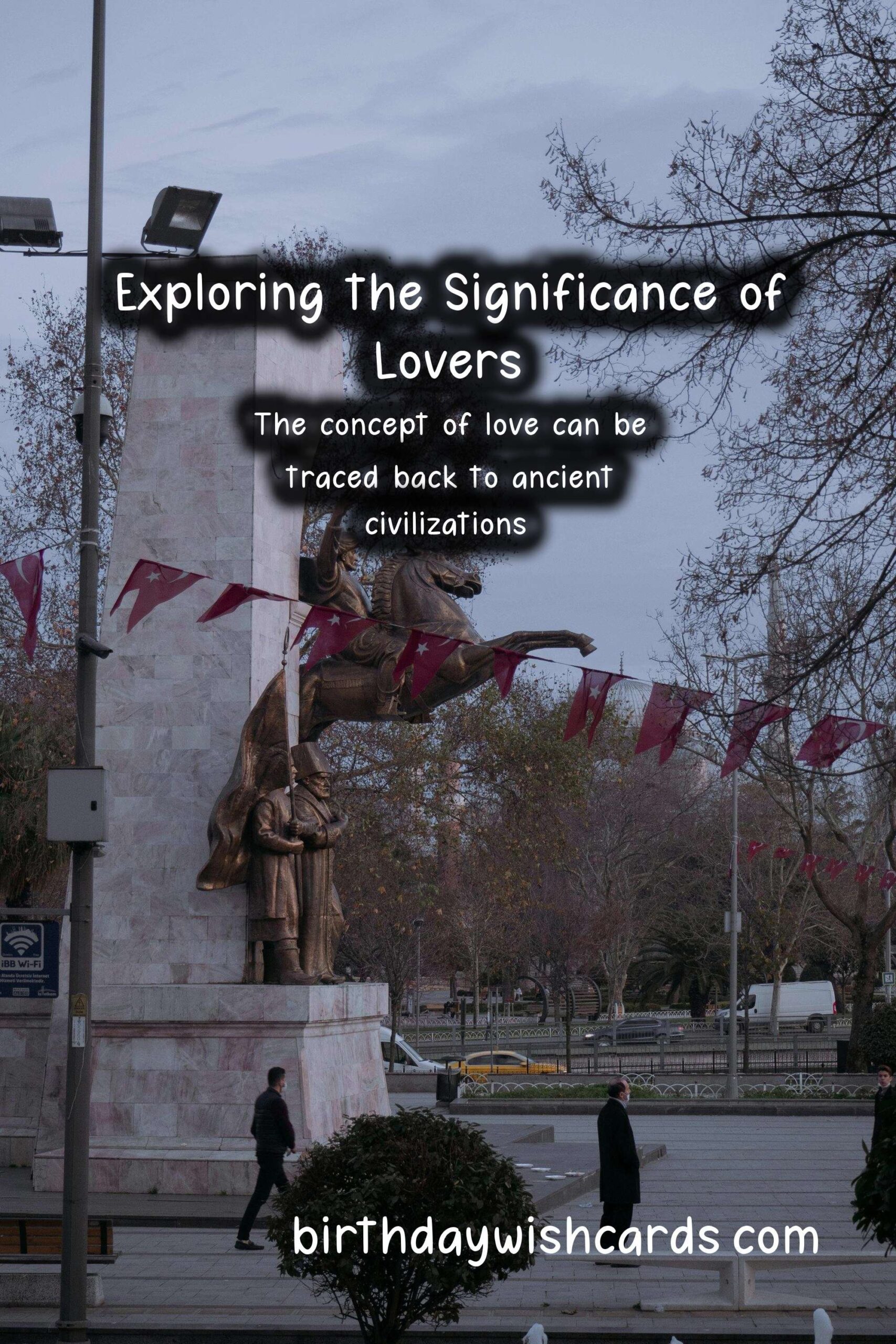

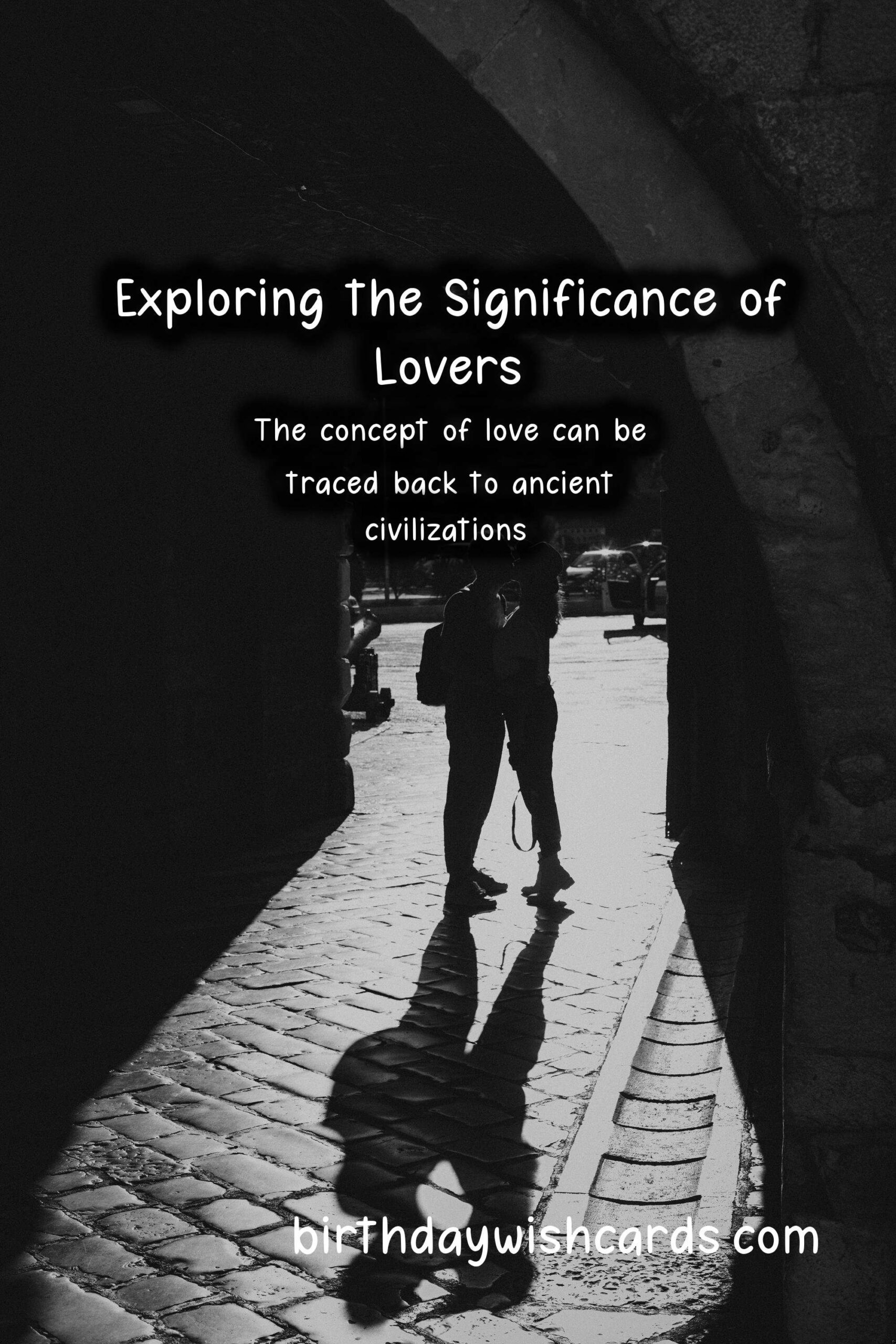
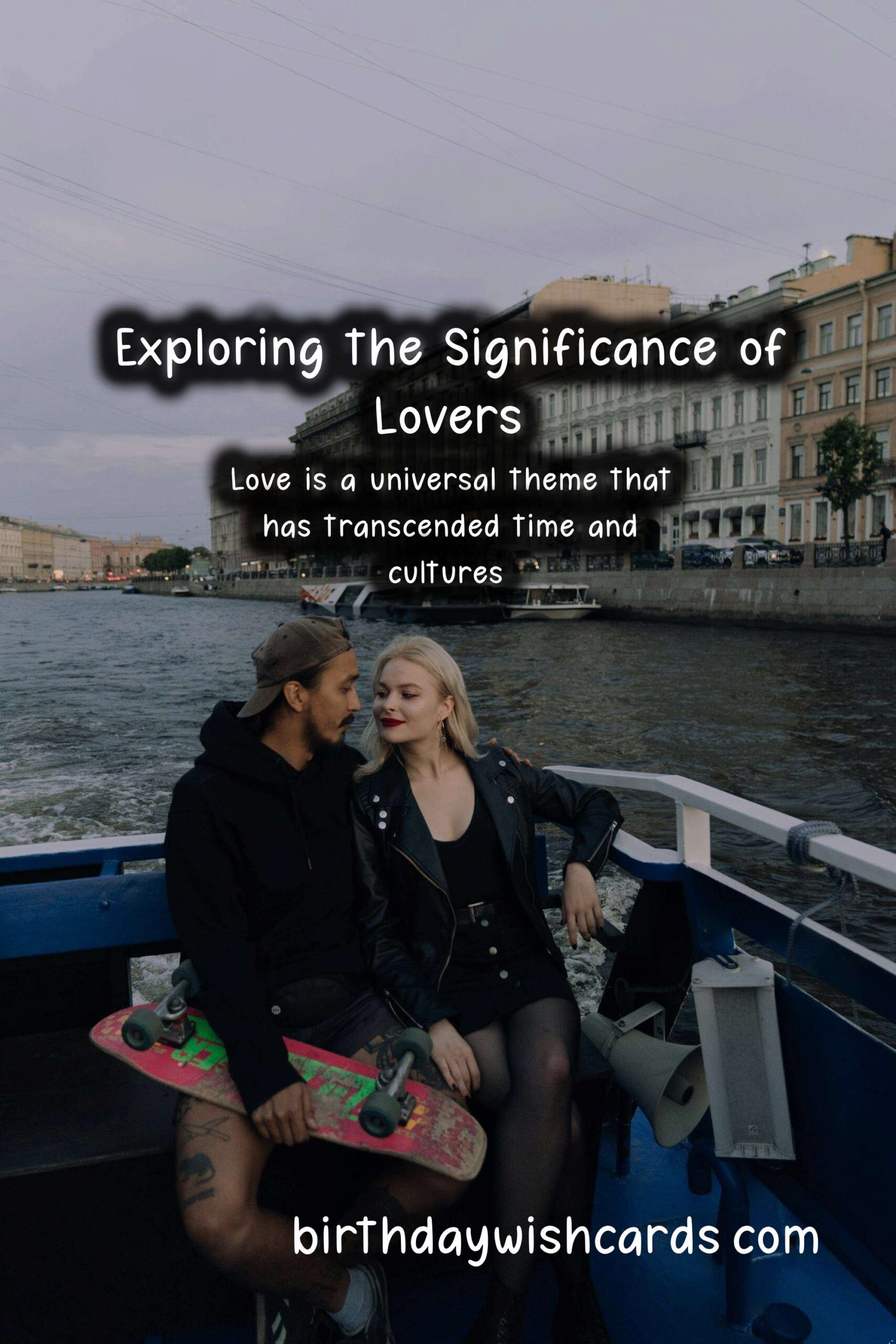


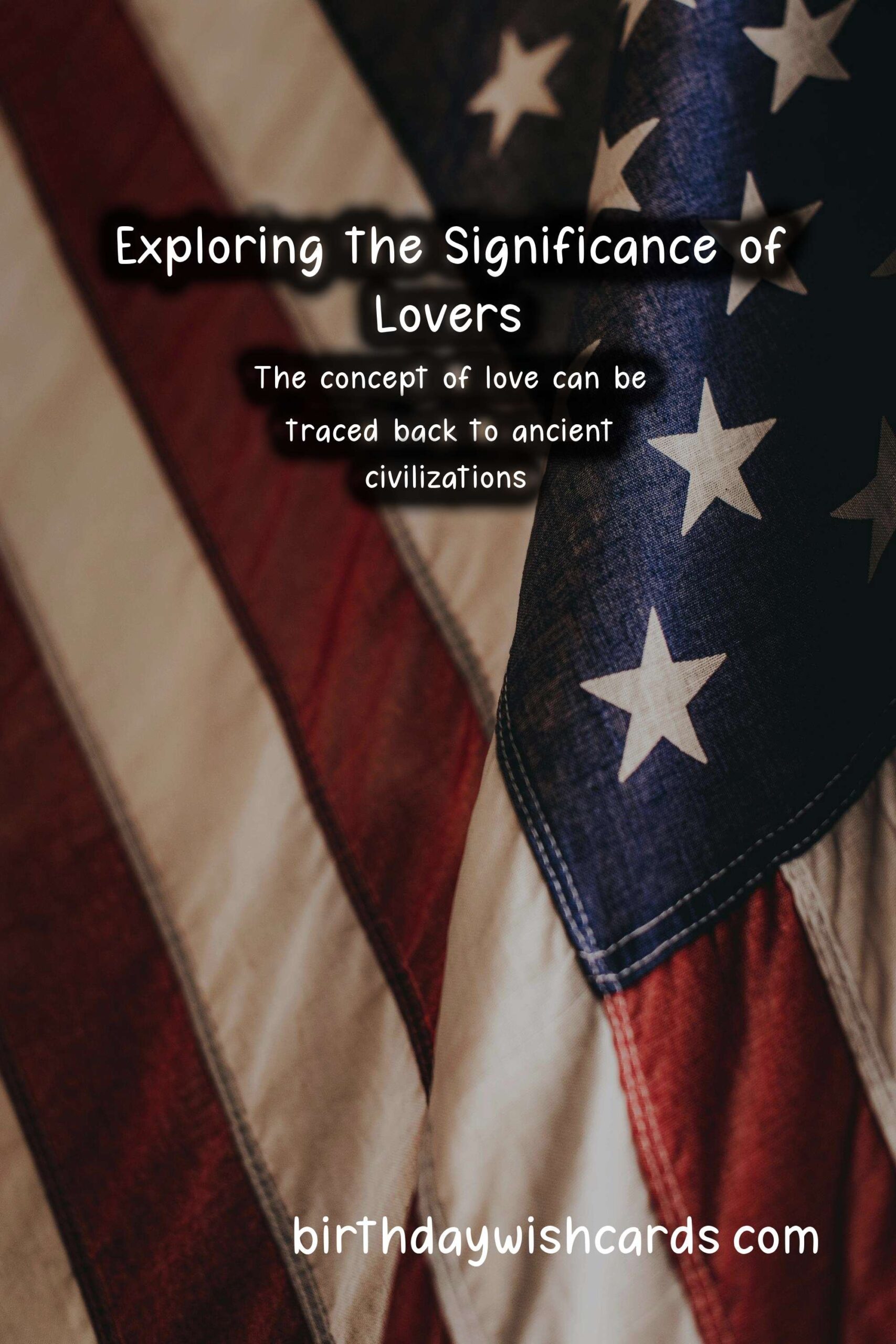
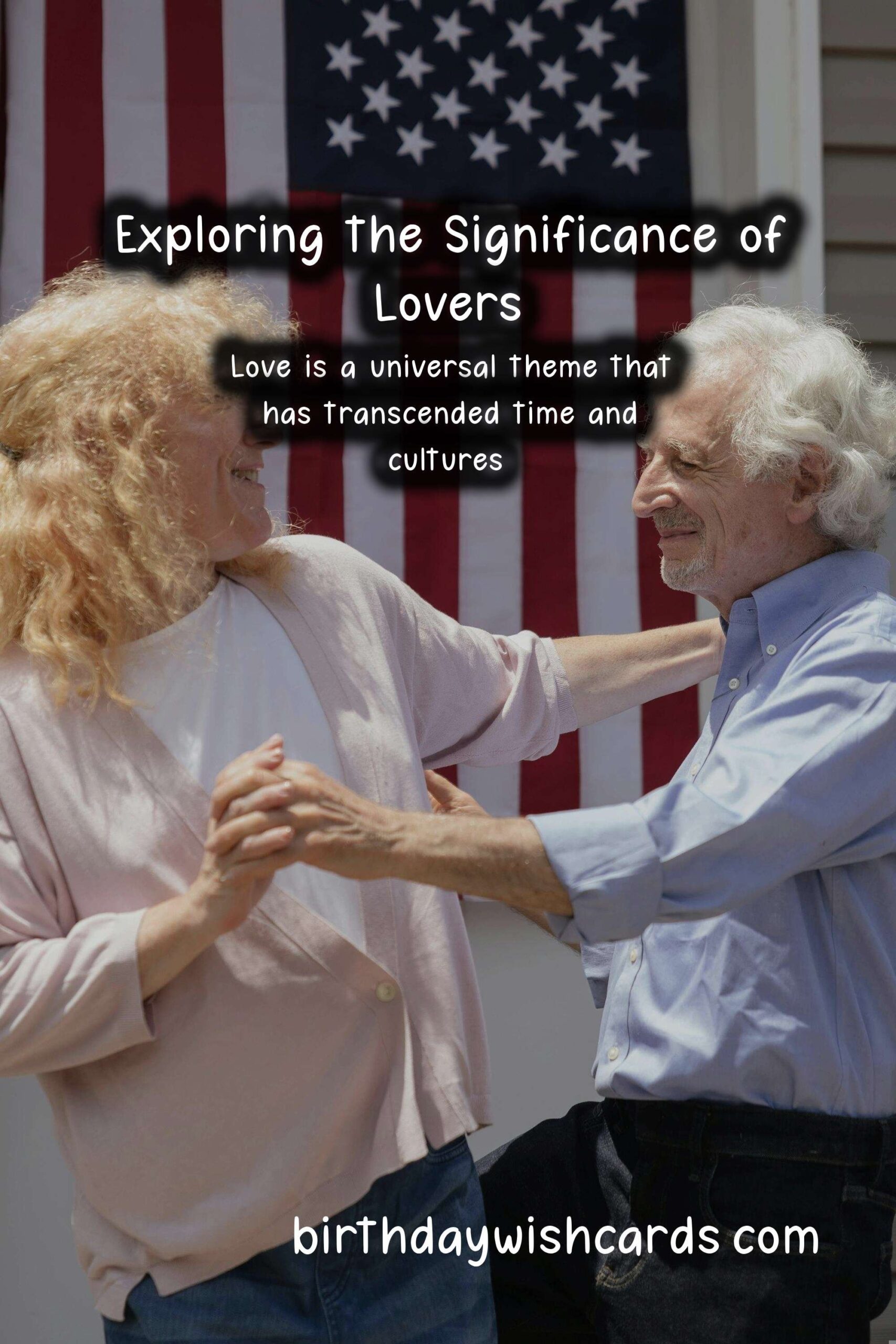
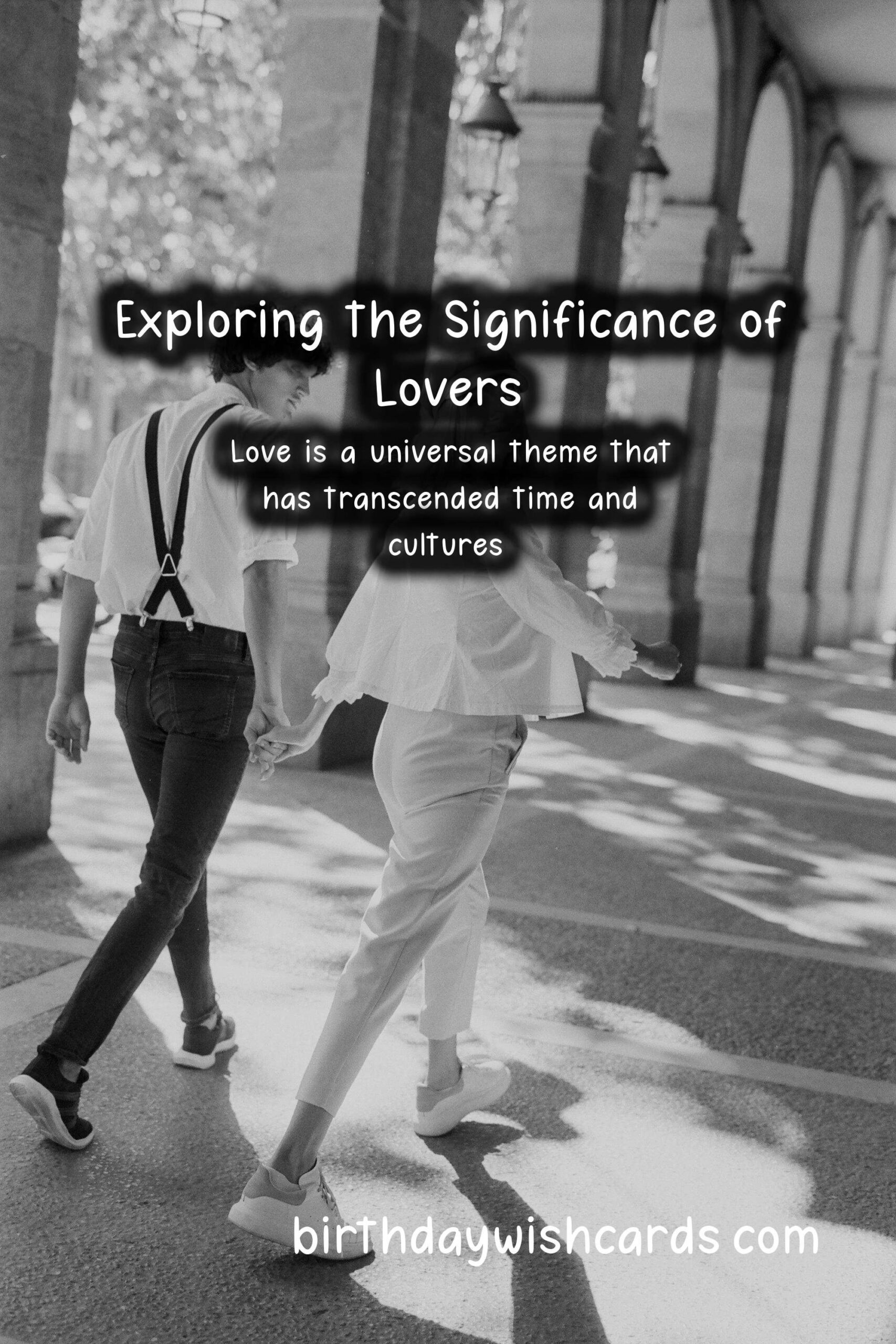
#Love #History #Romance #Cultures #Relationships

